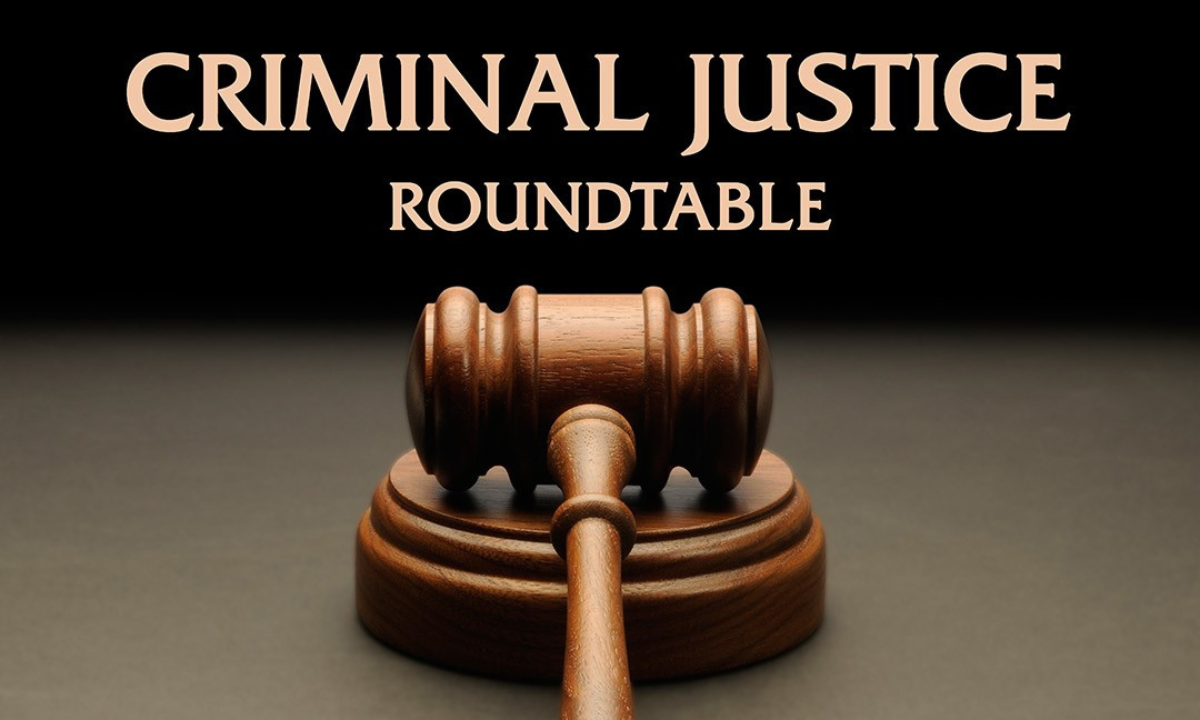Labor economist Jennifer Shinall, JD/PhD’12, and labor rights attorney Maria Mancini Scott discussed the challenges of “Confronting Pregnancy Discrimination in the Workplace” at Vanderbilt Law earlier this month.
Key takeaways include:
- Pregnancy discrimination has been a longstanding issue in the United States due to the limited legal protections afforded to pregnant people under federal law. “Pregnancy discrimination is very much alive and well in the workplace—that’s what my research has documented,” Shinall said. She noted that Title 7 of the Civil Rights Act protects women from employment discrimination based on their sex, but that “Sex has not always been interpreted by the Supreme Court as involving pregnancy.”
- The Pregnant Workers Fairness Act passed in 2023 does not guarantee pregnant people will not face employment discrimination. “The Pregnancy Discrimination Act sounds good in theory, but most employers do not say, ‘I’m firing you because you’re pregnant,’ ” Shinall said. “While the act suggests there might be some duty for employers to provide accommodations to pregnant women, the act doesn’t go so far as to actually use the word ‘accommodation’ in the text.” She concluded that, thus far, “The Pregnancy Discrimination Act has been a disappointment and certainly not a solid source of rights for pregnant women in the workplace.”
- The lack of any requirement that employers provide paid leave is a major issue in the United States. While employers with over 100 employees are required under the Family and Medical Leave Act to provide up to 12 weeks of leave, the leave is typically unpaid. The fact that many women work for small employers means that “at the federal level, many workers do not even have access to unpaid leave at the time of childbirth,” Shinall said.
- Pregnant women are significantly less likely to be employed. The employment gap for pregnant women particularly affects women in jobs requiring physical labor, such as lifting, and low-paying jobs in retail or food service. “Once you’re no longer pregnant, you have a child, and economists have also documented a motherhood penalty,” Shinall said.
- Some states have stepped in to fill the gap, which means that women in some states have more rights to leave and on-the-job accommodations than those in states that haven’t passed such protections.
- Pregnancy discrimination suits are often settled out of court through confidential agreements, which means a dearth of precedent that might inform law providing pregnancy protections and accommodations for pregnant people.
- Many pregnancy discrimination suits are often complicated in that they involve other issues, such as freedom of speech and freedom of religion. Scott discussed three cases involving women who were fired due to a pregnancy, all of which involved complex circumstances.
Shinall ended the presentation by urging men to take paternity leave available to them to establish a precedent in the U.S. “Even in companies and states where paid family leave is available, fathers are much less likely to take the leave they’re entitled to,” she said. “That increases stigma for the person who gives birth for taking leave. Unless men and women take the parental leave offered to them, I don’t think the stigma for taking leave will change.”
The discussion was sponsored by Vanderbilt Law Students for Life.


